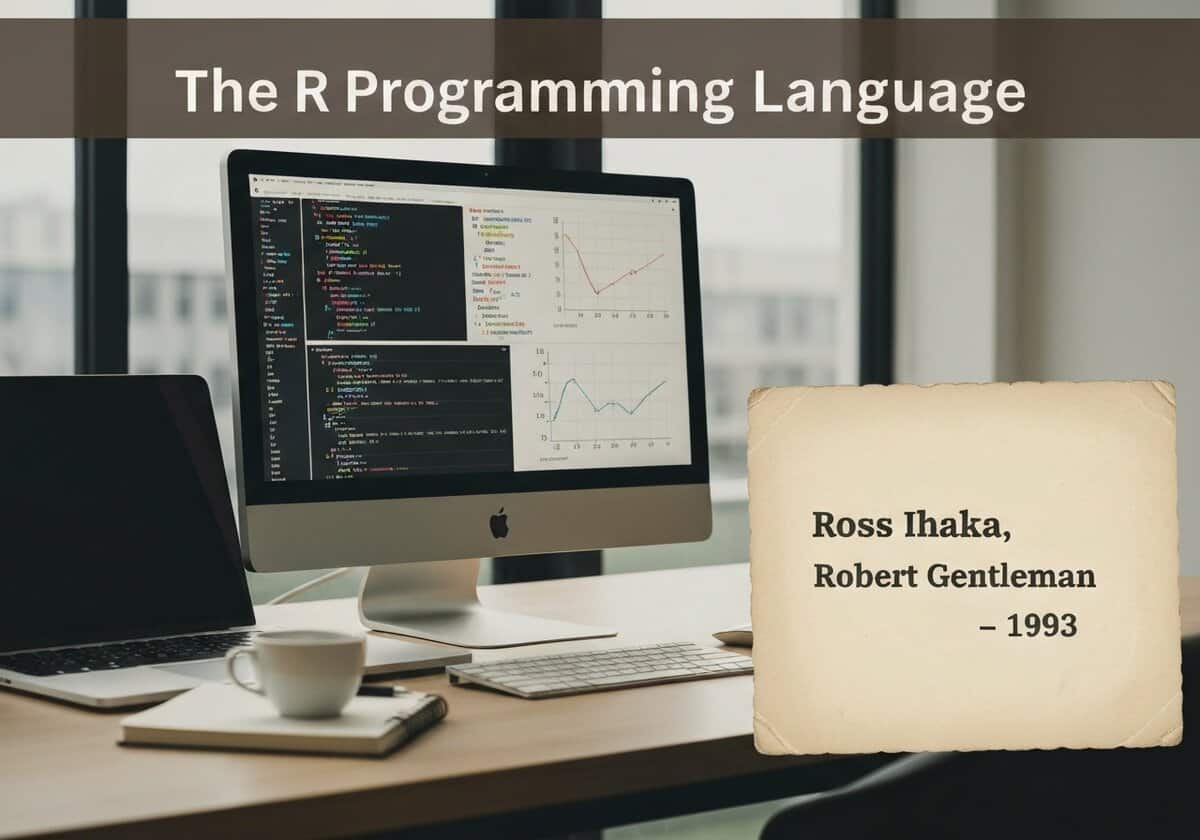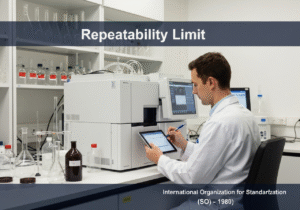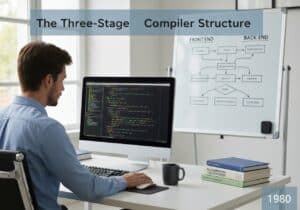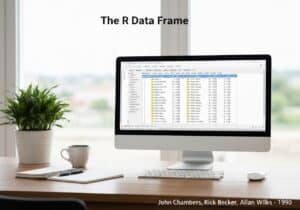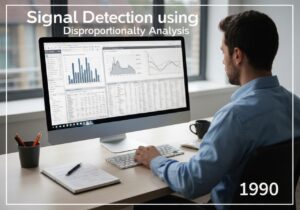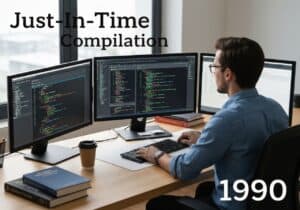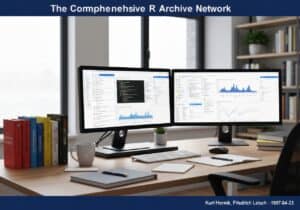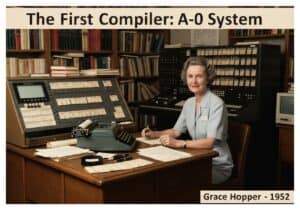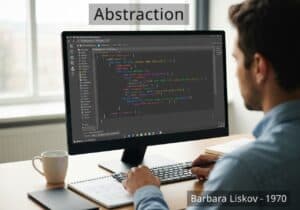R is a free software environment for statistical computing and graphics, and a dialect of the S programming language. It was created by Ross Ihaka and Robert Gentleman at the University of Auckland, New Zealand. R is considered an alternative implementation of S, with semantics derived from Scheme, which introduced powerful features like lexical scoping not present in early S.

